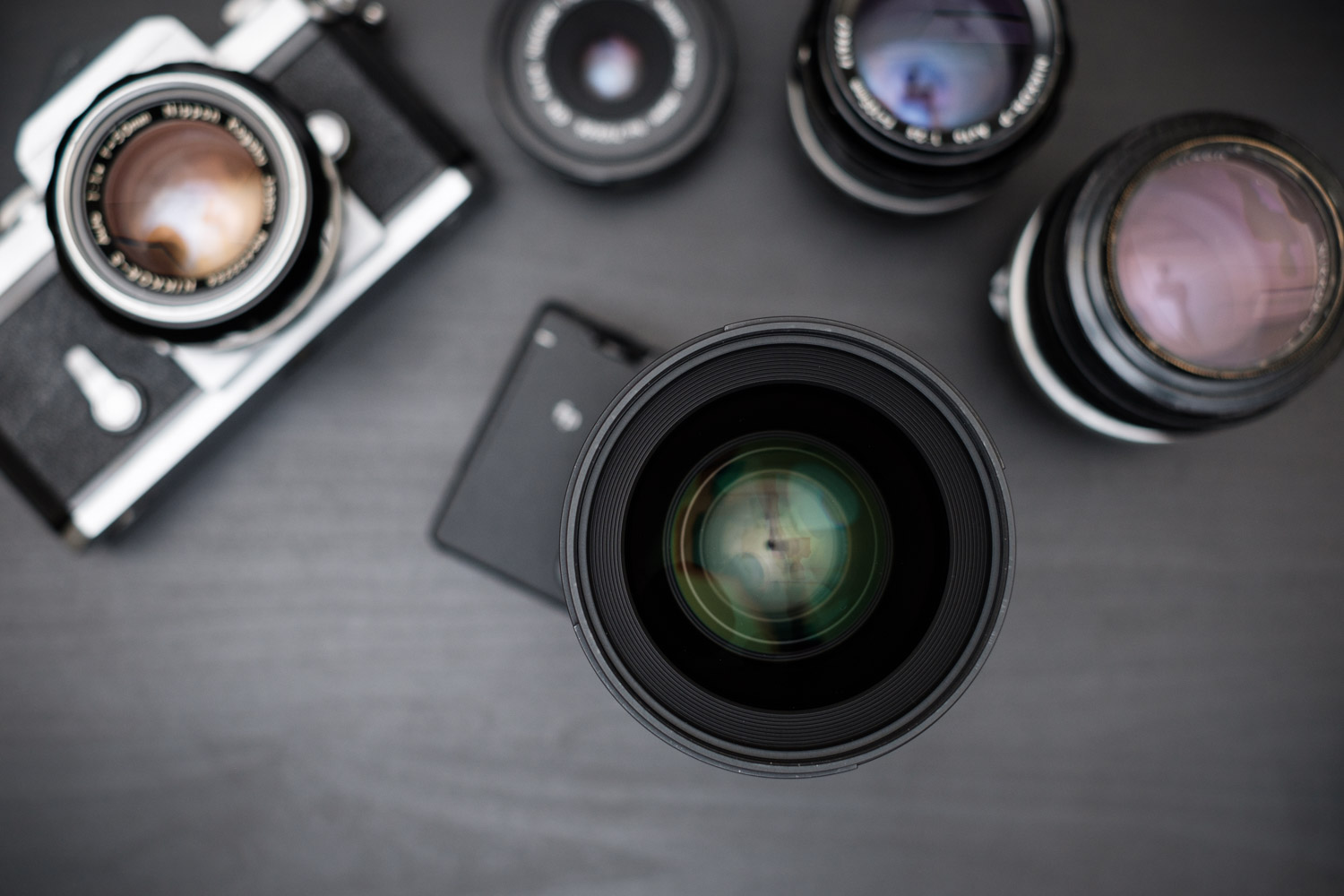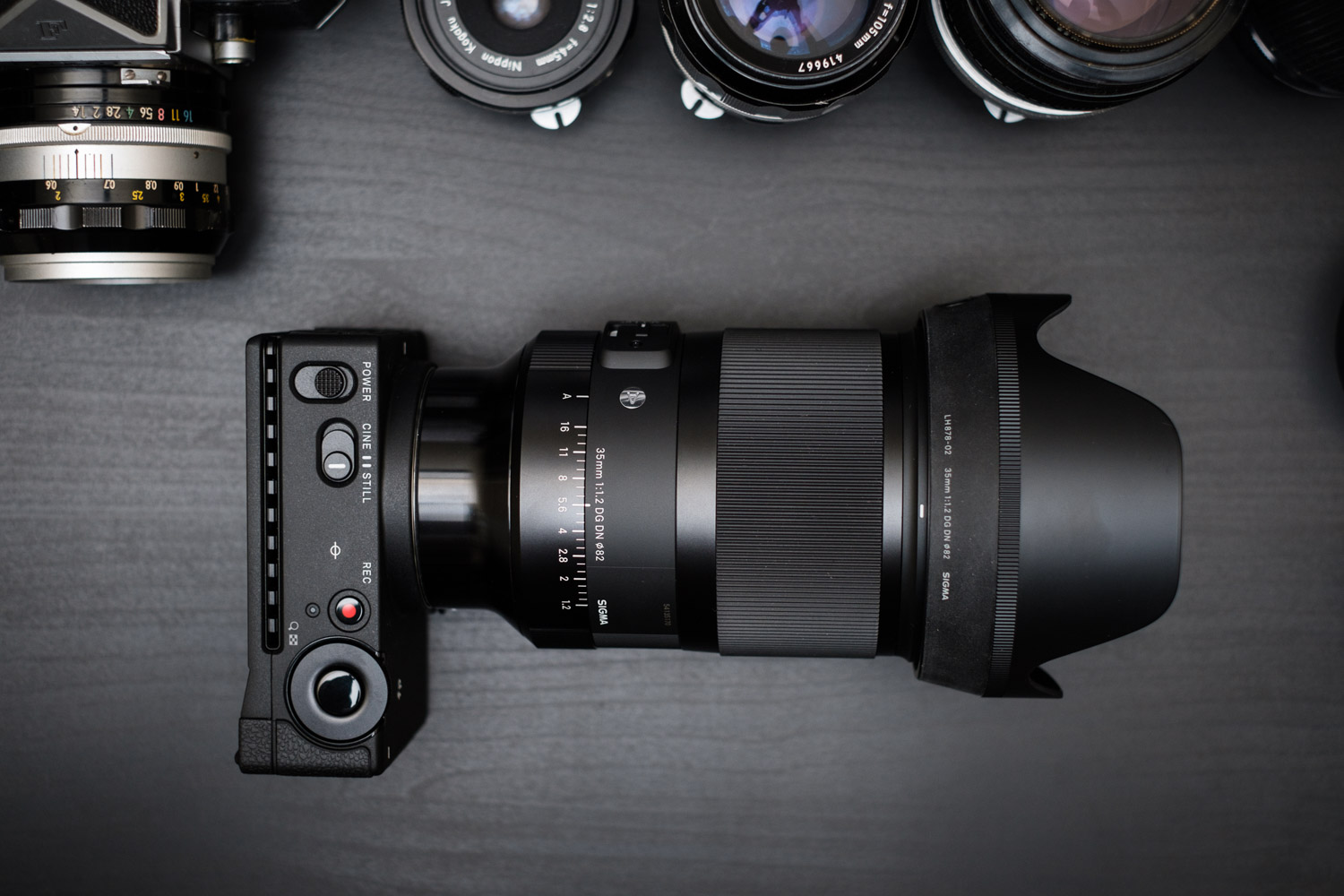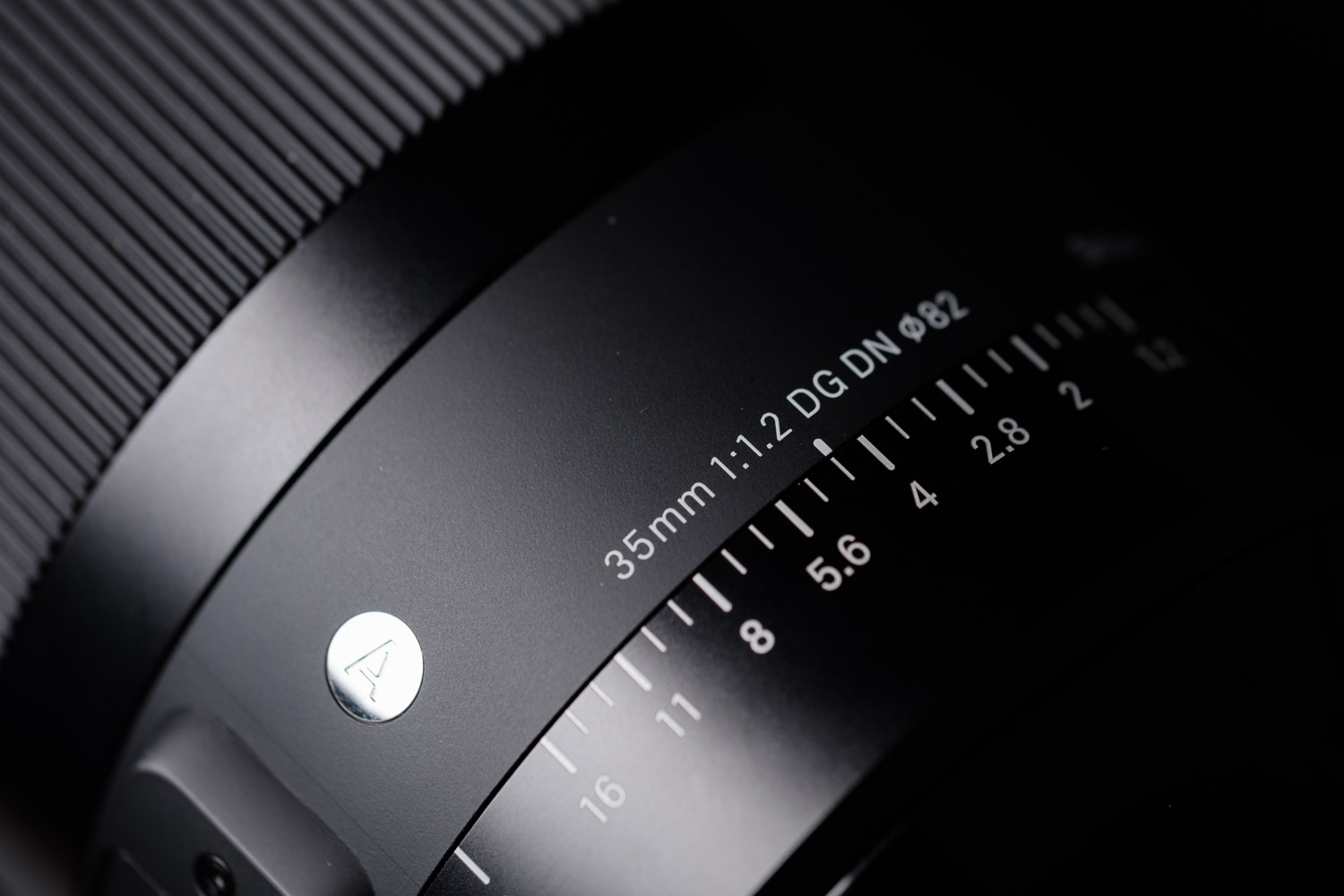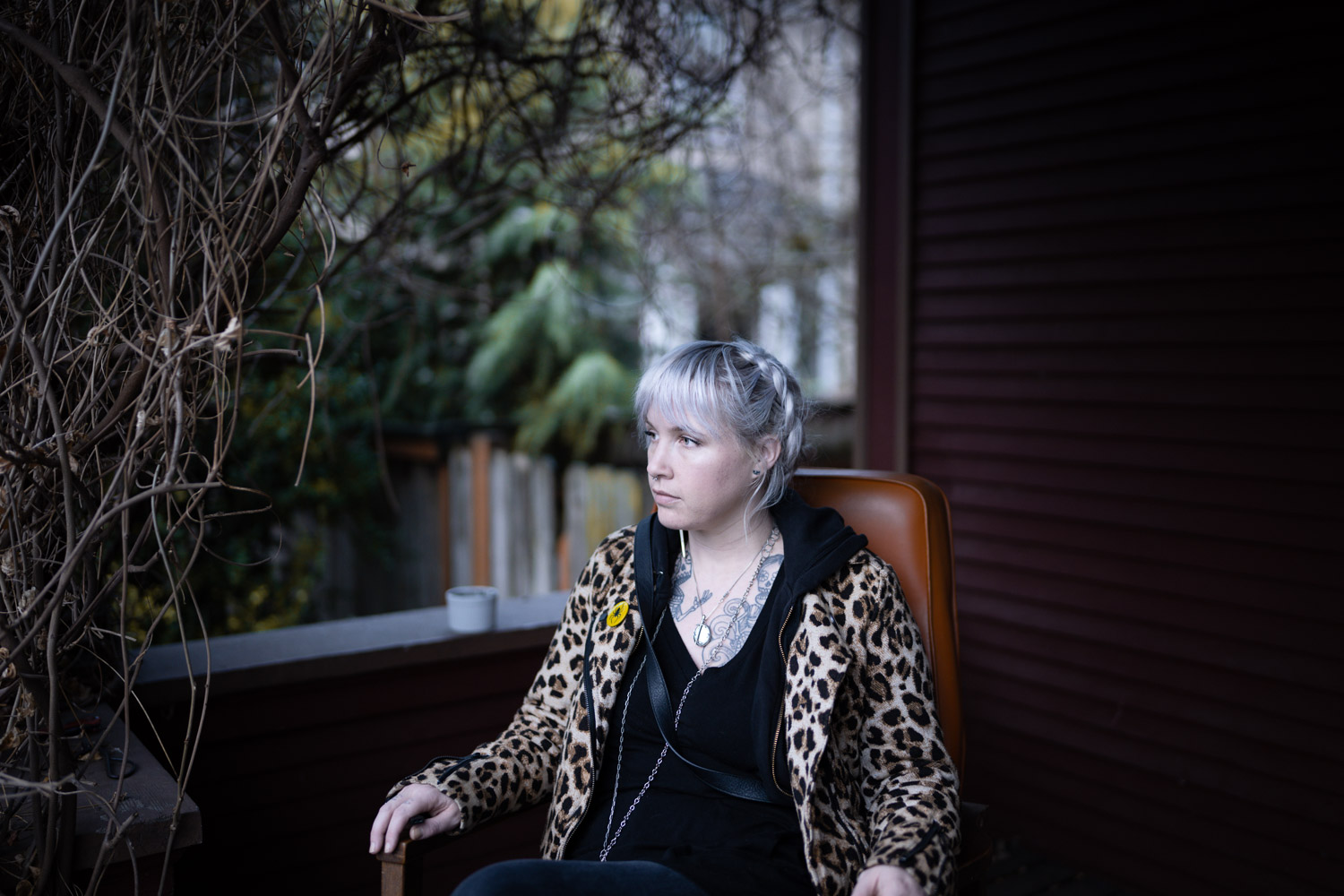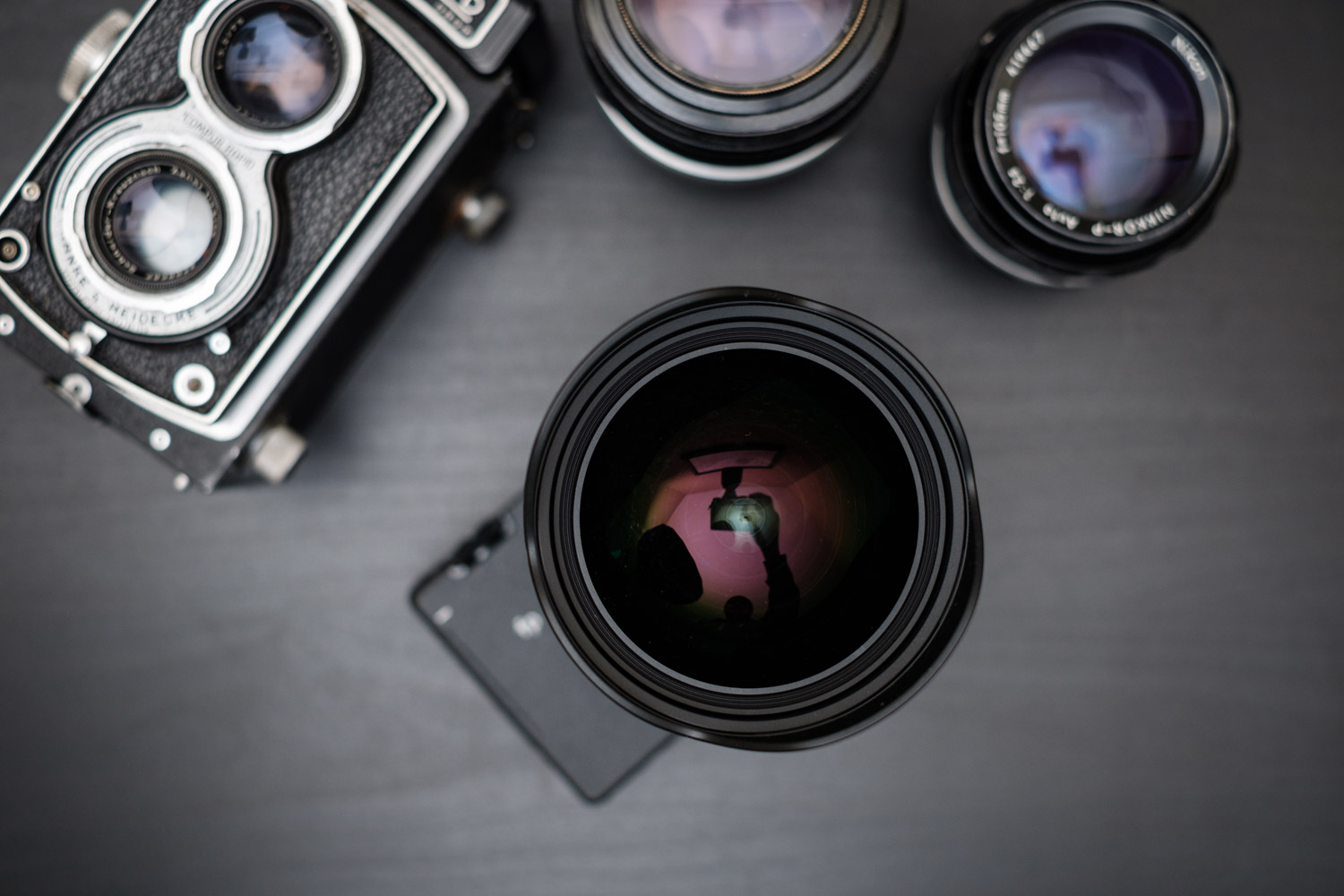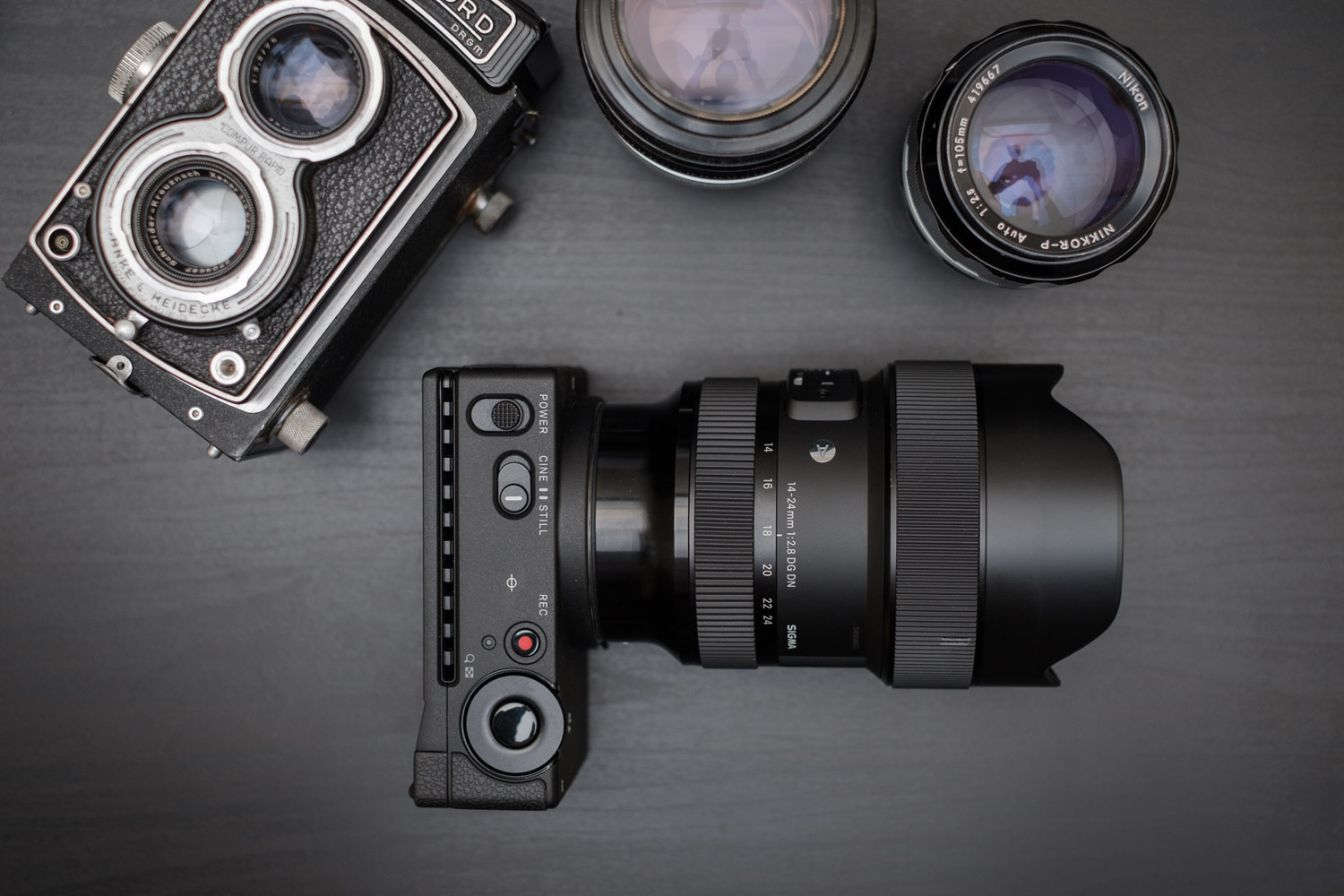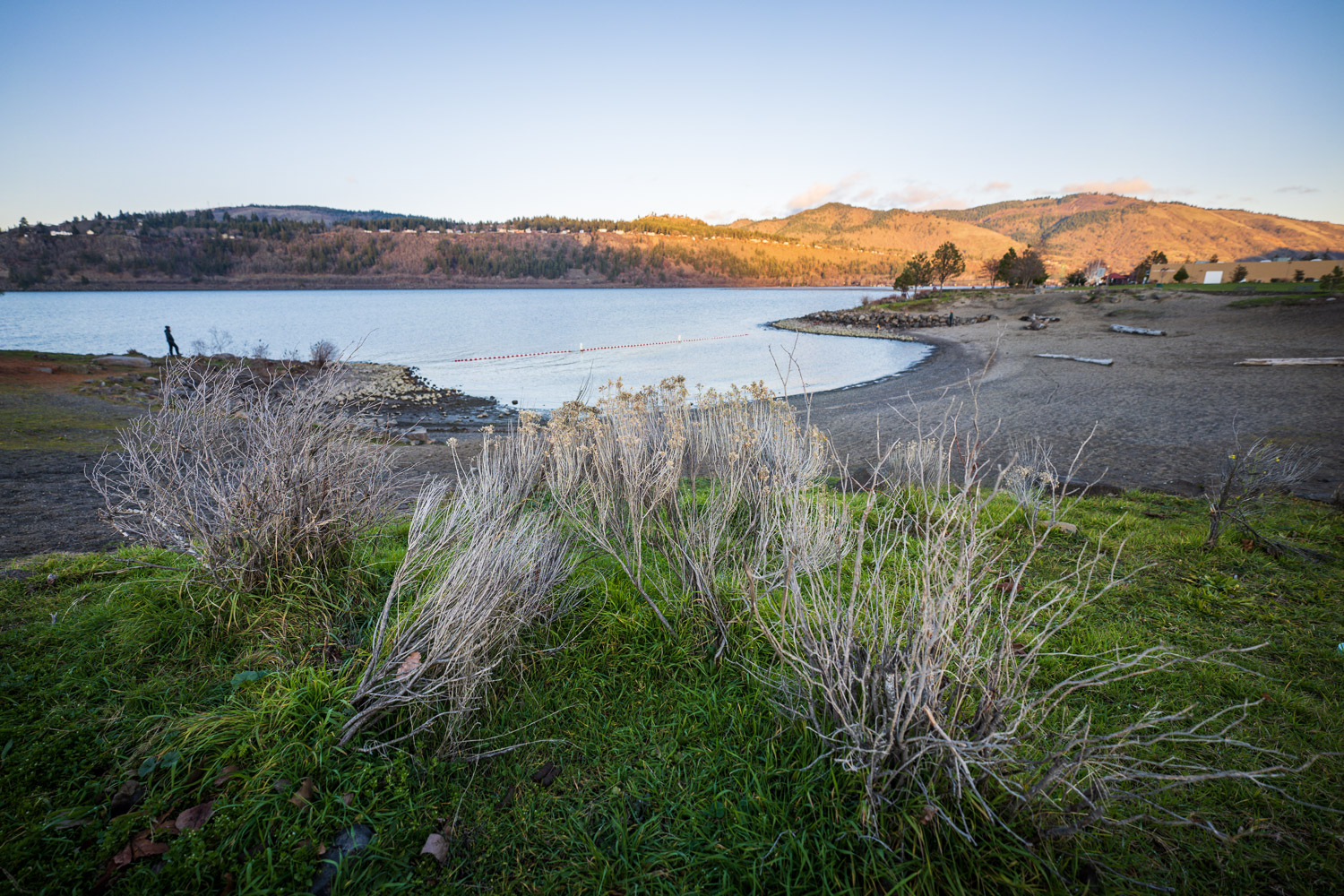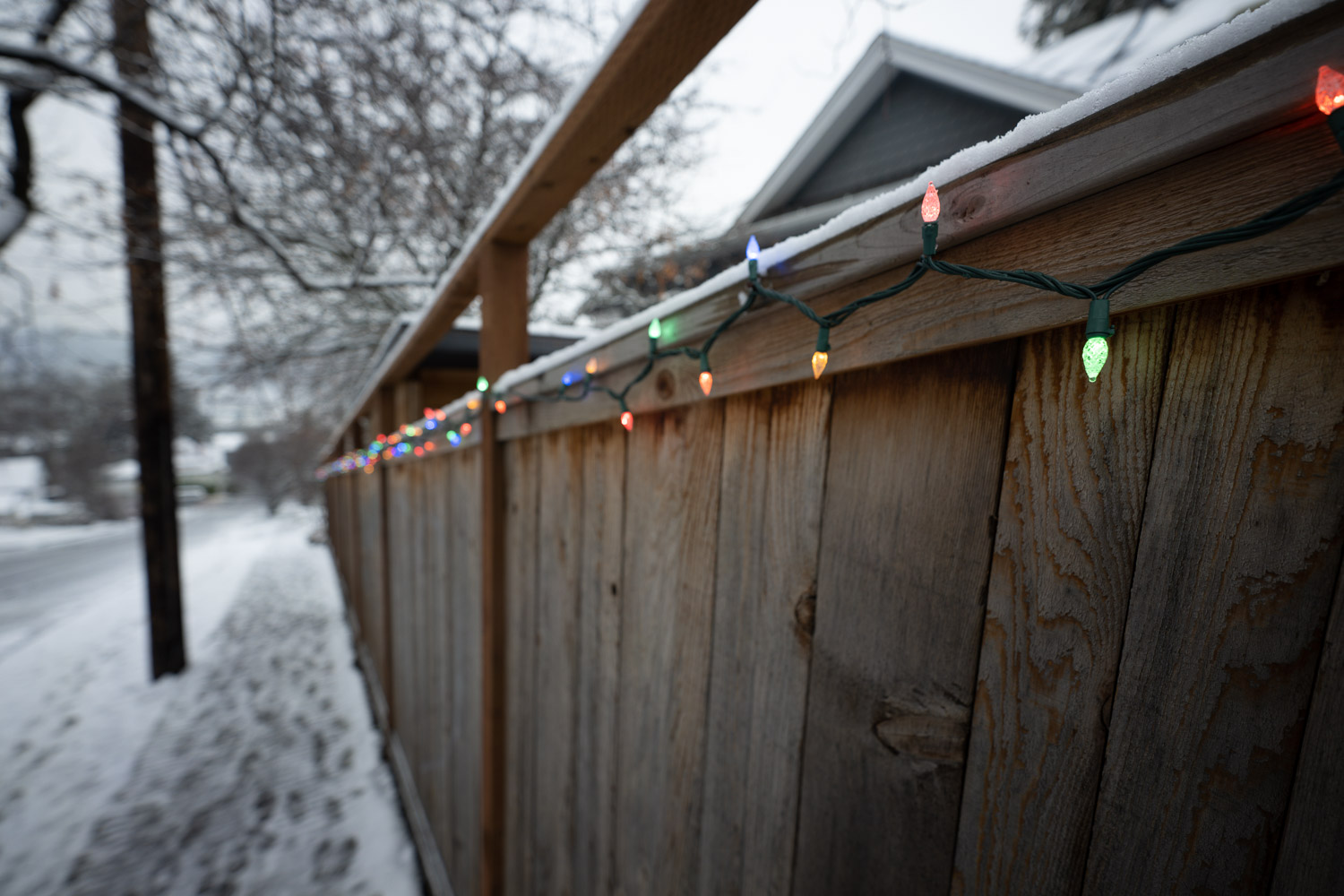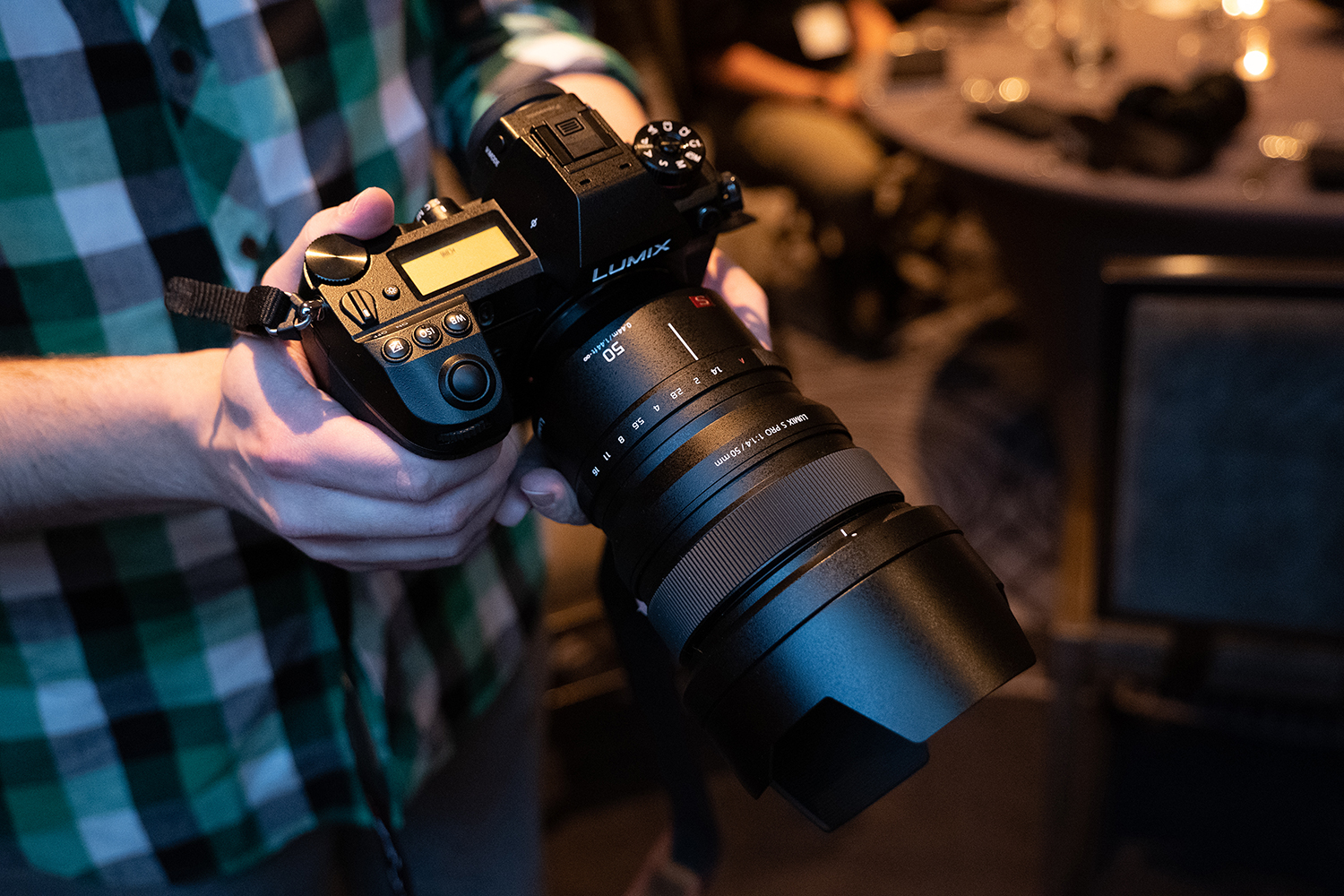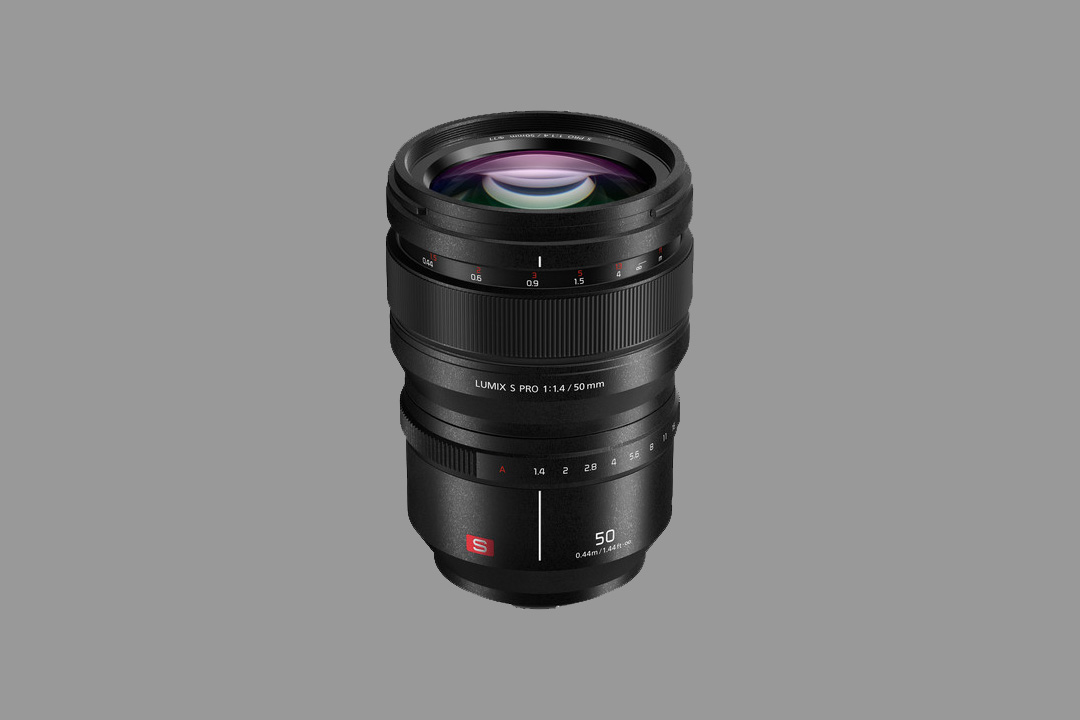The L in the L-mount was synonymous with Leica and luxury, high-end optics that few photographers had the budget to buy. But thanks to to Panasonic and Sigma joining the L-mount alliance, there are now three first-party companies making L-mount lenses, leading to more options at a variety of prices.
Between our own hands-on experience and user reviews, we’ve rounded up the best L-mount lenses for Sigma, Panasonic, and Leica cameras. And, since the L-mount can easily get expensive, we’ve included a few budget-friendly alternatives.
Best L-Mount wide-angle prime
Sigma 35mm f/1.2 DG DN Art
Why you should buy this: Excellent sharpness and bokeh makes this Sigma one of the best 35mm lenses around.
Who’s it for: Landscape, street, portrait — any photographer looking for a bright wide-angle
Why we picked the Sigma 35mm F1.2 DG DN Art:
With excellent sharpness and stunning bokeh, the Sigma 35mm F1.2 Art is an exceptional lens — so exceptional, in fact that it may be overkill for the average photographer. But, for the pixel peeper that has to have the latest and greatest, few could beat the Sigma 35mm f/1.2 Art.
The lens is exceptional largely because of the image quality. Sharpness is among the best we’ve tested, and there’s little real world difference between f/1.2 and stopping down to f/2.8. The bokeh is excellent — swirly and dreamy at f/1.2, and flatter at higher apertures. We couldn’t spot any chromatic aberration which, combined with the sharpness, makes the lens ideal for the highest resolution L-Mount cameras out there.
If there’s something to complain about, it’s the vignette at f/1.2, which is significant enough to negate some of that light-gathering power of the wide aperture.
While a wide-angle prime, the Sigma 35mm f/1.2 Art isn’t all that portable. The f/1.2 optics make for a large, heavy lens. The lens is weather-sealed, and, in a nod towards videographers, has an aperture de-click switch and focus lock button.
Do you need the Sigma 35mm f/1.2 Art? Probably not, but you’re going to want it. It’s a lens worth showing off and, considering the f/1.2 aperture, is also reasonably priced relative to the f/1.4 competition.
Budget alternative: The Sigma 35mm f/1.4 DG HSM Art Lens may not be quite as bright, nor as sharp, and it’s not built specifically for mirrorless cameras, but it’s still available in L mount and is a steal for less than a grand.
Read our Sigma 35mm f/1.2 Art review
Best L-mount wide-angle zoom
Sigma 14-24mm f/2.8 DN Art
Why you should buy this: A Compact, sharp lens that captures ultra-wide angles
Who’s it for: Travel, street, and landscape photographers
Why we picked the Sigma 14-24mm f/2.8:
Designed specifically for mirrorless, the Sigma 14-24mm f/2.8 DN Art is a feat of engineering, since the ultra-wide zoom range and bright aperture usually calls for big and heavy optics. Nearly a pound lighter than Sigma’s older DSLR version, the lens is much easier to carry around. It is the first bright, 14-24mm for the L-mount.
Besides the smaller size, the design also sports weather-sealing. The wide-angle view requires a curved front element, so you can’t use front filters, but the sheet filter holder at the back of the lens makes up for that.
Optically, the Sigma 14-24mm f/2.8 DN Art delivers no surprises, living up to the high bar set by other Art-series lenses. Sharpness is solid and chromatic aberration is minor. The distortion that’s near impossible to eliminate at such a wide-angle is subtle and easy to correct in post, with a vignette that’s also easy to remove either in post or by stopping down past f/4.
Budget alternative: The L-mount doesn’t really have a cheaper ultra-wide zoom. If you can’t spend the cash, consider a prime like the Sigma 20mm f/1.4 DG HSM Art.
Read our Sigma 14-24mm f/2.8 DN Art review
Best L-mount lens for portraits
Panasonic Lumix S Pro 50mm f/1.4
Why you should buy this: Superb image quality and quick autofocus from a well-built lens
Who’s it for: Pro portrait photographers and serious enthusiasts
Why we picked the Panasonic Lumix S Pro 50mm f/1.4:
The price on the Panasonic Lumix S PRO 50mm f/1.4 approaches Leica territory, but the images from this lens are excellent. The bright f/1.4 aperture is ideal for low light and defocused backgrounds, while superior sharpness allows the lens to capture excellent detail, even when working with high-resolution bodies. An 11-blade aperture helps create circular bokeh even when not shooting wide-open.
As the Pro in the name suggests, the construction is top-notch, with weather-sealing and a very sturdy feel. A manual focus clutch lets you can switch from auto to manual quickly by pulling the focus ring. At 2.1 pounds with a length of over five inches, the lens is on the larger side for a 50mm, but that’s simply what’s required for such great optics.
The L-Mount has a few great portrait options — including Sigma’s 85mm and 105mm F1.4 Art lenses, although these are not mirrorless-specific — but the image quality coming from the Panasonic Lumix S Pro 50mm f/1.4 is simply excellent, if you can afford it.
Budget Alternative: At half the cost with a longer focal length, the Sigma 85mm f/1.4 DG HSM Art is an excellent alternative.
See more images in our Panasonic Lumix S1 review
Best mid-range L-mount zoom lens
Leica Vario-Elmarit-SL 24-90mm f/2.8-4 ASPH

Why you should buy this: Zoom versatility meets the image quality of a prime lens
Who’s it for: Any photographer that needs a workhorse zoom — and has a big budget
Why we picked the Leica Vario-Elmarit-SL 24-90mm f/2.8-4 ASPH:
Where lesser zooms sacrifice sharpness for versatility, the Leica Vario-Elmarit-SL 24-90mm f/2.8-4 ASPH rivals the image quality of a prime lens. Photos are exceptionally sharp, and an optical stabilization system rated at 3.5 stops helps keep blur from obscuring those details.
While the lens is an f/4 on the long end, the f/2.8 at the wide end is admirable for this type of lens. Leica has balanced brightness and zoom range to create a rather unique lens. It offers slightly more range than the usual 24-70mm f/2.8 and slightly less than the standard 24-105mm f/4, while its variable maximum aperture spans the difference between those two common lens types.
The lens’s autofocus is both quick and quiet, though the electronic focusing system isn’t ideal for videographers looking to pull focus manually.
Design-wise, the lens is weather-sealed and also uses water repellent coatings at the front and rear glass. It’s a bit of a beast to carry around, though, at 2.5 pounds.
There’s no getting around the fact that that red dot logo means the lens costs more than some used cars. And while it manages to do the seemingly impossible and offer prime-like image quality in a zoom, few will want to drop that much cash on a lens, especially now that the L-Mount alliance means there are more options than ever before.
Budget alternative: If you die a little on the inside when you see the price of the Leica, consider the Sigma 24-70mm f/2.8 DG DN Art, due to be released in February 2020, at about a fifth of the cost.
Best telephoto L-mount lens
Panasonic Lumix S Pro 70-200mm f/2.8 OIS

Why you should buy this: This versatile telephoto captures some stunning images
Who’s it for: Serious photographers and pros looking for a longer workhorse lens
Why we picked the Panasonic Lumix S Pro 70-200mm f/2.8 OIS:
The Panasonic Lumix S Pro 70-200mm f/2.8 OIS is a new release, but initial reviews suggest this lens will be a heavy hitter. It offers solid image quality with sharp details and good color and contrast. Like Panasonic’s other Pro-series lenses, distortion and aberration should come at a minimum. An 11-blade aperture and an autofocus system designed to cut focus breathing should help it appeal videographers as well as still photographers.
One of the lens’s biggest features is the stabilization, which, when used with Dual IS 2.0 on the Panasonic S1 and S1R, is good for up to a staggering 7 stops of stabilization. Combined with the bright f/2.8 constant aperture, the S Pro 70-200mm should be a low light beast.
Beast is also an appropriate term due to the 3.45-pound weight, which can make the lens tougher to use in an all-day shoot. That weight, thankfully, is indicative of high-end build quality, and the lens is fully weather-sealed. And finally, while the price isn’t pocket change, it’s pretty similar to what other brands charge for a bright 70-200mm.
Budget alternative: Stepping down to an f/4 lens creates a lot of wiggle room in the budget with optics like the Panasonic Lumix S Pro 70-200mm f/4 OIS.
Editors' Recommendations
- The best iPhone camera lenses
- Panasonic takes on Sony in the vlogging camera game with compact Lumix G100
- The $600 Panasonic Lumix S 20-60mm is a unique, affordable zoom
- The best cheap cameras
- The best Sigma lenses offer affordable quality for DSLRs or mirrorless cameras

